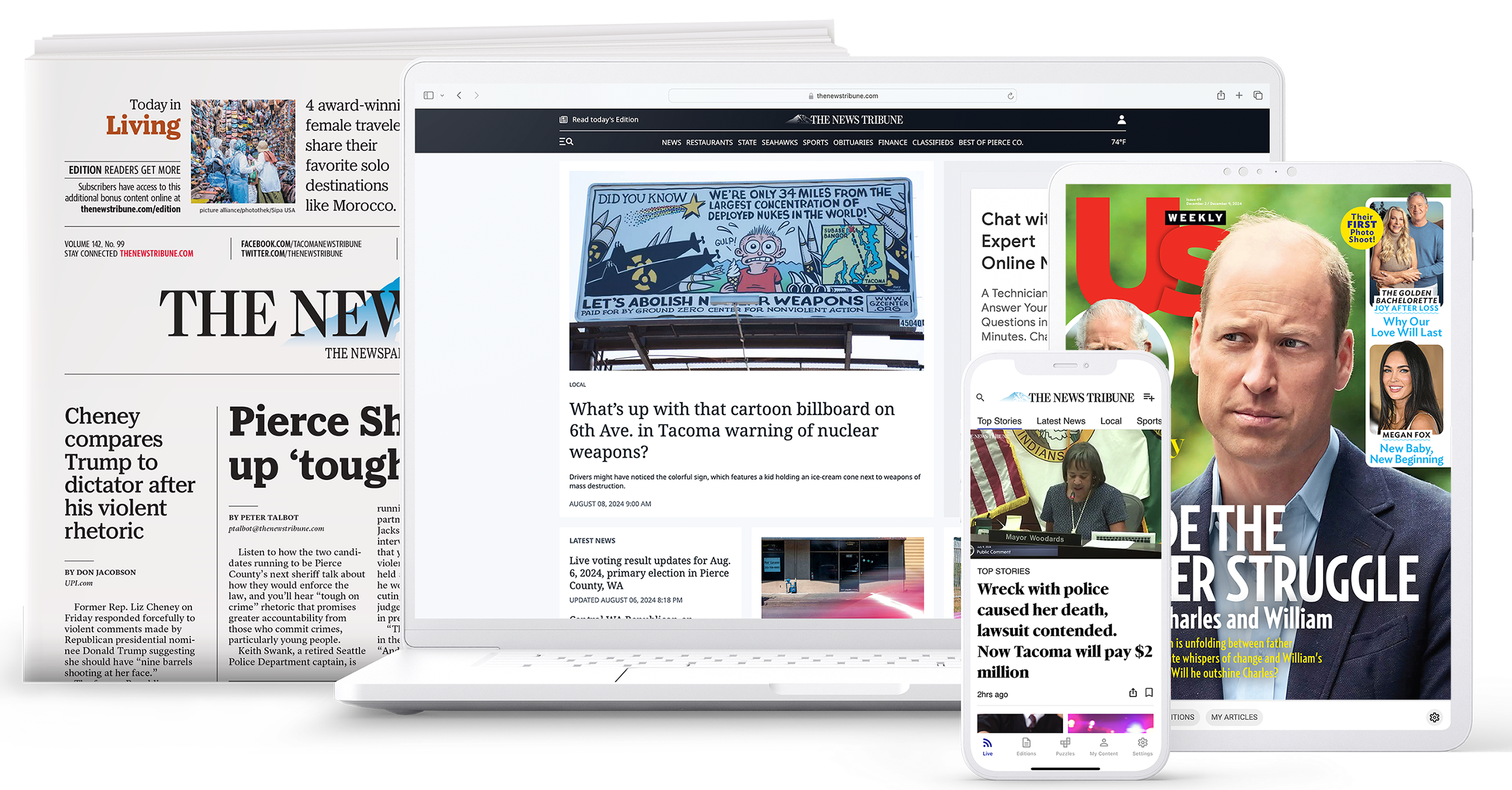The Effect of Social Media Site on the Method We Eat News Online
Social media site has actually essentially transformed news intake. It gives prompt access to information, frequently overshadowing standard media outlets. This rapid dissemination comes with difficulties. Customers face the risk of encountering misinformation and becoming trapped in resemble chambers. The algorithms driving individualized material can cover diverse point of views. As these characteristics evolve, recognizing their effects ends up being crucial for educated engagement in public discussion. What methods might help navigate this complex landscape?
The Evolution of News Consumption in the Digital Age
As innovation progressed, the means individuals eaten news transformed significantly in the electronic age (stnews.live). Traditional papers and broadcast media started to decrease as the web became a primary resource of information. On-line platforms supplied instantaneous access to newspaper article, videos, and podcasts, permitting individuals to stay notified at any type of time. The ease of mobile gadgets even more increased this change, enabling individuals to get updates on the move
Furthermore, the surge of news collectors and web sites promoted the intake of diverse point of views, equipping individuals to customize their news consumption based upon personal passions. This advancement likewise prompted wire service to adapt their methods, concentrating on digital web content and interesting viewers through multimedia styles. Consequently, the typical obstacles of time and room in news distribution decreased, causing an extra instant and individualized news experience for target markets worldwide.
The Role of Social Media Site Operatings Systems in News Circulation
Social media platforms have actually changed news distribution by supplying instant access to details. Their algorithm-driven material curation typically focuses on interaction over precision, causing substantial trustworthiness difficulties (stnews.live). As individuals navigate this landscape, the implications for news consumption and public discussion come to be significantly complex
Instantaneous News Accessibility
Conventional news electrical outlets have actually long been the main source of information, the surge of social media platforms has actually dramatically changed how news is accessed and eaten. Instantaneous news access has actually become a hallmark of the electronic age, enabling users to obtain updates in actual time. Systems such as Twitter, Facebook, and Instagram permit news to spread swiftly, frequently going beyond conventional media in speed and reach. Customers can share stories, comment on events, and involve with journalists, creating a vibrant communication between the target market and news web content. This immediacy cultivates a society of necessity, motivating individuals to look for info rapidly. The assumption for prompt news has improved journalistic techniques, engaging news organizations to adjust their strategies to satisfy the needs of a fast-paced digital setting.
Algorithm-Driven Content
While individuals actively involve with web content on social networks, the formulas that regulate these platforms play a crucial duty in figuring out which news stories acquire exposure. These algorithms examine individual actions, preferences, and interaction metrics to curate customized news feeds. Therefore, certain stories may be intensified while others stay unknown, commonly focusing on spectacular or trending topics over substantive reporting. This selective direct exposure forms individuals' assumptions of current events and influences public discussion. Additionally, the dependence on algorithm-driven material can produce echo chambers, where customers are mostly subjected to viewpoints that line up with their own beliefs. Subsequently, the characteristics of news distribution on social media platforms considerably affect just how people consume and analyze details in the electronic age.

Reputation Challenges
As customers significantly turn to social media for news, the reliability of info come across on these systems comes to be a pressing worry. The decentralized nature of social media permits anyone to publish web content, commonly blurring the lines between reliable journalism and misinformation. Algorithms focus on interaction over precision, resulting in the prevalent circulation of astonishing or misleading stories. This environment positions considerable challenges for customers attempting to determine credible resources. Social media site systems, while striving to combat misinformation via fact-checking and material small amounts, face objection for disparities and predispositions in their strategies. Inevitably, the duty exists with individuals to seriously evaluate the news they consume, as the fast spread of information commonly surpasses verification initiatives by systems.
The Surge of Citizen Journalism and User-Generated Content
The increase of resident journalism has equipped everyday people to share news and perspectives, often offering understandings that traditional media might neglect. This change likewise presents significant challenges, especially the spread of false information that can develop from unverified content. As user-generated material ends up being extra widespread, the equilibrium between genuine voices and accuracy in reporting continues to be an essential worry.
Empowering Day-to-day Voices

Obstacles of False information
While the rise of resident journalism has actually opened avenues for diverse voices in the media landscape, it has likewise introduced considerable difficulties connected to misinformation. The convenience of sharing details via social media systems enables people to distribute news rapidly, however this quick spread commonly comes with the cost of accuracy. User-generated redirected here web content often lacks the extensive fact-checking and content oversight that traditional journalism offers. Sensationalized or false stories can gain traction, deceiving target markets and forming public understanding. The mixing of point of view and reality within social media complicates the distinction between legitimate details and false information. Therefore, customers need to navigate a significantly intricate media atmosphere, needing important believing skills to discern trustworthy news resources in the middle of the noise

Misinformation and Its Implications for Public Discourse
As social networks platforms significantly dominate the landscape of information dissemination, the spreading of misinformation poses considerable difficulties for public discourse. False information, commonly designed to deceive or prompt psychological responses, can misshape perceptions of reality and undermine trust in legitimate sources. This sensation leads to polarized viewpoints, as individuals gravitate in the direction of resemble chambers that enhance their beliefs, even more lodging divisions within culture.
The implications for public discussion are profound. When people depend on incorrect info, significant dialogue reduces, and the autonomous process endures. Misinformation can provoke fear and confusion, affecting public health, security, and political security. Therefore, cultivating media literacy becomes vital, encouraging people to seriously assess information and discern reality from fiction. Resolving the difficulties postured by misinformation is crucial for maintaining the integrity of public discourse and making sure a knowledgeable people with the ability of participating in useful discussions.
The Impact of Formulas on News Exposure
Offered the main function of algorithms in identifying material visibility, their impact on news intake is extensive. These algorithms, used by social networks systems, focus on specific sorts of material based on user engagement and choices. Therefore, newspaper article that align with prominent fads or audience rate of interests are more probable to be displayed prominently, while less thrilling tales may be ignored. This creates an atmosphere where users are revealed largely to information that reinforces their viewpoints, potentially resulting in resemble chambers.
Additionally, the constant advancement of formulas indicates that wire service must adapt their strategies to straighten with these changing specifications, frequently prioritizing clickbait or psychologically billed headlines. Subsequently, the honesty of news coverage can be compromised, as essential stories might not get the presence they should have. The mathematical shaping of news visibility for that reason plays a necessary duty in influencing public understanding and understanding of current occasions.
The Shift Toward Aesthetic Storytelling in News Media
Increasingly, news media is embracing visual storytelling as an effective tool to involve audiences. This method leverages photos, video clips, infographics, and interactive elements to convey information a lot more efficiently than standard text-based formats. As attention covers shorten, visuals provide a quick, impactful method to interact complex tales and get customers' passion.
Systems like Instagram and TikTok have more increased this trend, compelling news organizations to adjust their material methods to fit these visually-driven settings. By incorporating compelling visuals, news electrical outlets can boost emotional links and foster greater understanding of topical problems.
Moreover, visual storytelling permits more varied narratives, showcasing multiple viewpoints via dynamic presentations. i was reading this As target markets increasingly eat news via smart phones, the change toward visuals not just deals with individual preferences but likewise helps to damage down barriers to info gain access to. Eventually, this advancement reflects a wider improvement in how news is generated and eaten in the electronic age.
Future Trends: Navigating the Altering Landscape of News Usage
While the digital landscape proceeds to progress, news consumption is positioned for significant transformation driven by arising modern technologies and transforming audience habits. As expert system and artificial intelligence advance, personalized news feeds will come to be extra prevalent, enabling users to get material tailored to their rate of interests. This modification can lead to better engagement yet likewise increase problems regarding echo chambers and misinformation.
The increase of voice-activated tools and clever speakers will certainly affect exactly how news is delivered, changing the focus from visual to auditory formats. This pattern might motivate news organizations to take on more concise and interesting audio web content.

Often Asked Concerns
How Do Social Network Interactions Affect News Reputation?
Social media site interactions can significantly affect perceptions of news credibility. Interaction metrics, such as sort and shares, typically shape audience trust fund, with preferred messages getting viewed authenticity, no matter of the accuracy or integrity of the details provided.
What Duty Do Influencers Play in Shaping News Narratives?
Influencers substantially form news stories by leveraging their systems to enhance certain tales, commonly tailoring material to their target market. This can cause prejudiced perspectives, impacting public understanding and prioritizing sensationalism over factual coverage.
Exactly How Can Users Identify Reliable News Resources on Social Media Site?
Users can recognize trustworthy news resources on social media by checking the source's credibility, validating facts via numerous outlets, reviewing the expertise of the web content, and acknowledging potential prejudices in reporting to ensure accurate details.
What Impact Does Social Network Carry Typical Journalism Jobs?
Social media greatly influences traditional journalism tasks by changing revenue models, lowering demand for print media, and fostering competition from citizen journalists. Several specialists encounter job insecurity and must adapt to swiftly transforming media landscapes.
How Do Various Demographics Consume News on Social Media Site?
Different demographics exhibit different preferences for news intake on social networks. Younger audiences favor platforms like TikTok and Instagram for quick updates, while older individuals have a tendency to choose Facebook and Twitter for much more extensive discussions and write-ups.